If you are planning to begin gardening, starting with hugelkultur beds is a perfect option for you. This hugelkultur bed gardening is useful for several reasons; however, there are some mistakes that you may commit when venturing into it. The great hassle is that these mistakes are not easily corrected, and you may always see lackluster results in case they happen.
This article will enlighten you on some of the common mistakes and how to solve them to help you have the most rewarding hugelkultur bed gardening experience. Keep reading to get the best harvest from your hugelkultur bed gardening.
1. Choosing the wrong location
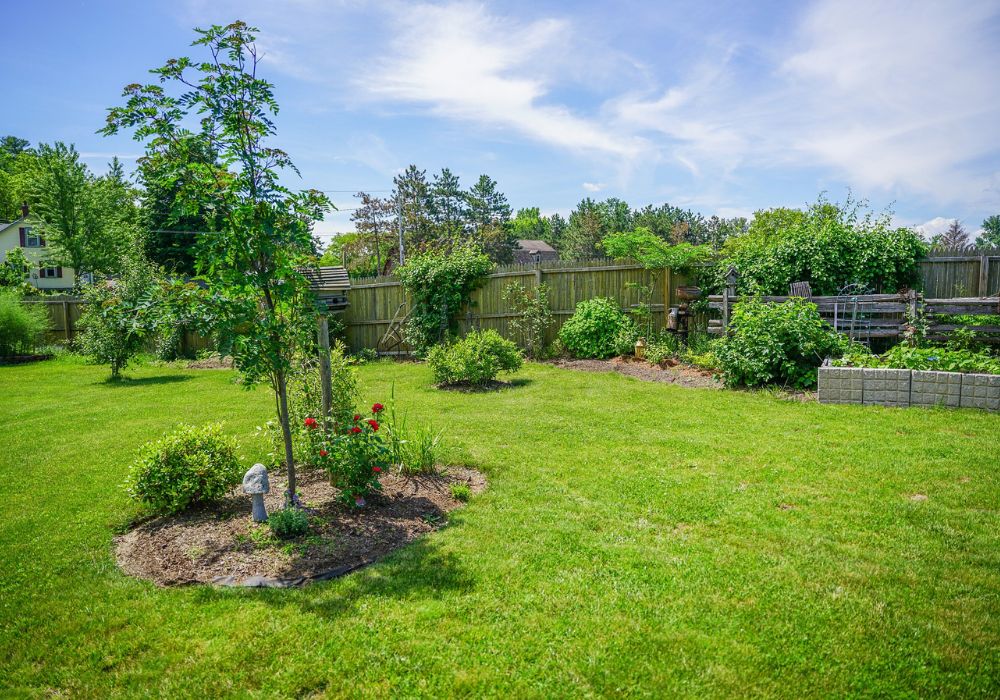
Do you have the plan to start gardening in raised beds? The first thing to do is to get a suitable site for your hugelkultur bed. Factors such as sunlight, water, and wind are essential before you make your final decision. Additionally, some plants like vegetables require more attention since they need to be tended more frequently.
Solution:
Strategically build your hugelkultur beds in a place where the plants will get the attention they deserve and enough sunlight. It is advisable to place your raised bed in one common land for convenience. Additionally, this should not be far from your home.
2. Building too wide hugelkultur beds

If you are planning to begin gardening in hugelkultur beds, this is one of the mistakes you should avoid. To get the best results from your hugelkultur garden, you need to work from outside without stepping on the bed. This prevents soil compaction, which may have adverse effects on the soil’s structure. Therefore, to have healthier plants in your hugelkultur bed, you need to have a bed that you can reach into the center without problems. Otherwise, you will be risking to get poor yields.
Solution:
Make sure your hugelkultur garden does not span more than four-feet wide. However, a three-foot-wide hugelkultur bed is perfect for comfortable working. If you are constructing your raised bed next to the fence, ensure it does not span more than 30 inches.
3. Use of Unsafe material
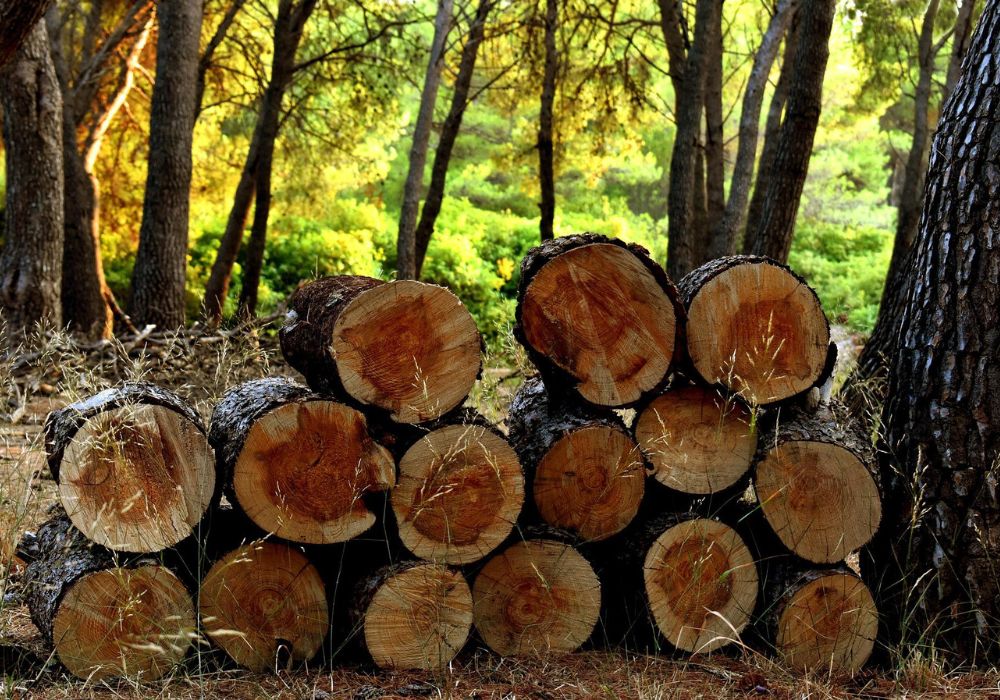
Most beginning gardens would have hugelkultur beds to grow some food crops. This raises the need to choose a wood that is safe for the food garden. Pressure-treated woods that were manufactured before 2003 contain chromate copper arsenate, which is unsafe and should, therefore, be avoided. Additionally, old railway ties contain creosote, which is hazardous for your plants.
Solution:
Use modern-pressure treated safer woods. You can also use rot-resistant and chemical-free lumber, such as redwood and cedar; however, they are expensive. You can also build your hugelkultur beds using steel panels or repurpose wood that has served you differently, like in fencing.
4. Choosing soil that lack nutrients or over nutritious
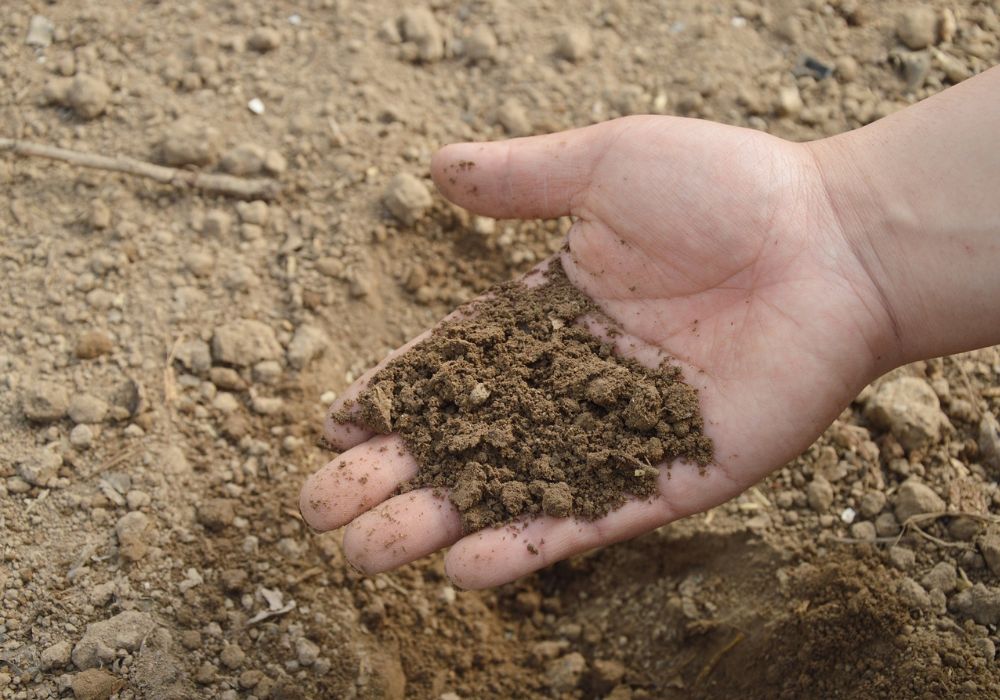
Mostly, this mistake is committed intentionally by many gardeners. If you are a beginner, it is necessary to understand different soils and their nitrogen content. However, many soils work effectively for hugelkultur beds; some will frustrate you. For instance, potting soil drains quickly, which requires you to set your bed on concrete. Begged soil may slow the growth rate of your plants, unlike soil mixed with organic materials. Too much nitrogen content will results in little fruits for fruit-producing fruits.
Solution:
A mixture of native soil and organic material will work perfectly for most hugelkultur beds. If not, you can consider using a small amount of fertilizers to bring nutrients back to the soil.
5. Poor choice of plants
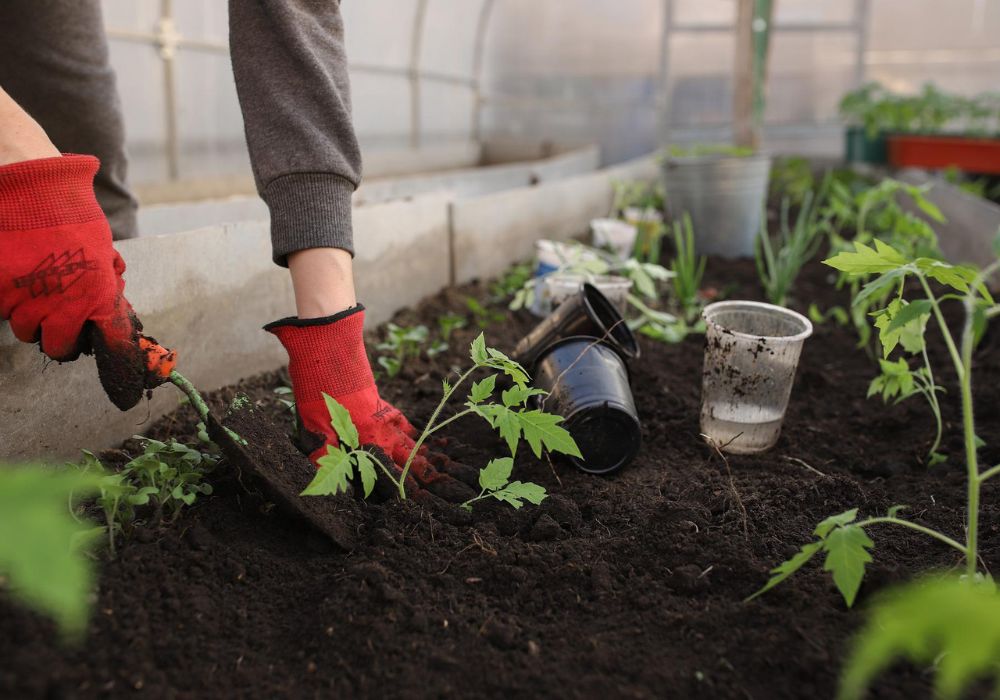
Before you start gardening in hugelkultur beds, one of the first things you will always do is to have a list of what types of plants you will grow. Often, this is propagated by what you like to eat most. Your favorite plants may not do well in the climate zone you live in, and you end up being disappointed.
Solution:
Consult with experienced gardeners, agriculturists, and seed stores to know the plants that will do well in your climate.
6. Poor irrigation plan
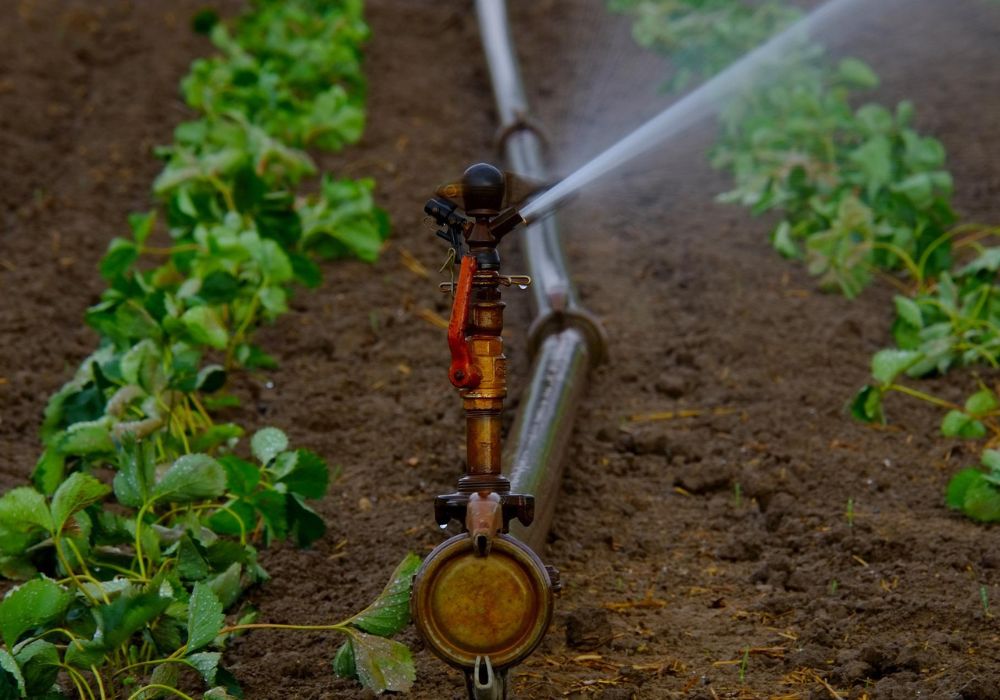
It more obvious that you need to water your plants in the hugelkultur garden often. Depending on how you want to water the hugelkultur bed, you always need a good plan. Irrigation methods like the use of lawn sprinklers will waste water and aggravate common fungal diseases. Sitting your raised beds far from water sources may be a great hassle when it comes to irrigating.
Solution: The first and critical thing to do is to have your hugelkultur bed close to a water source. This saves on the time you will take irrigate your beds. IF you have several raised beds, hand watering may not be adequate. Therefore, consider utilizing a drip irrigation system. This drip irrigation tubing has proven useful to provide adequate water for my raised beds.
7. Poor spacing between hugelkultur gardens
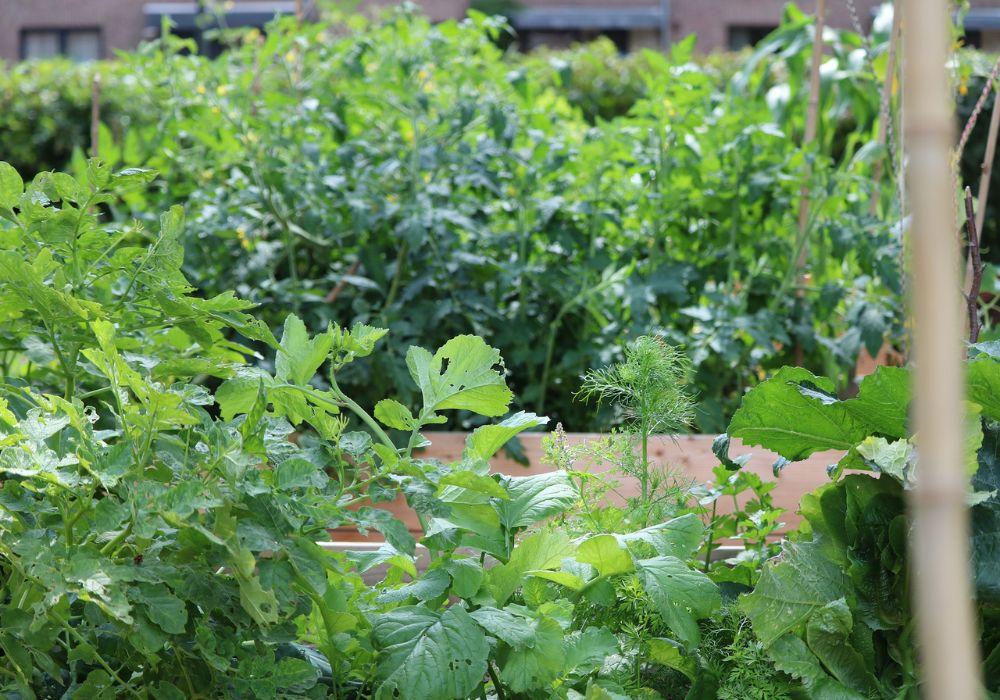
Besides having a comfortable width for your hugelkultur gardens, you need a spacious working area. With small space between raised beds, you will find it challenging during planting, weeding, and harvesting. It is recommended to leave a space where a wheelbarrow or your garden cart fits comfortably. This space becomes handy when you are tired but want to work on your raised beds from the comfort of your stool.
Solution:
Always make sure to leave three feet or more between your hugelkultur gardens. Ensure there are enough space for garden cart to go through during gardening. Check out this garden cart that can help your gardening with ease.
8. Failure to mulch hugelkultur beds
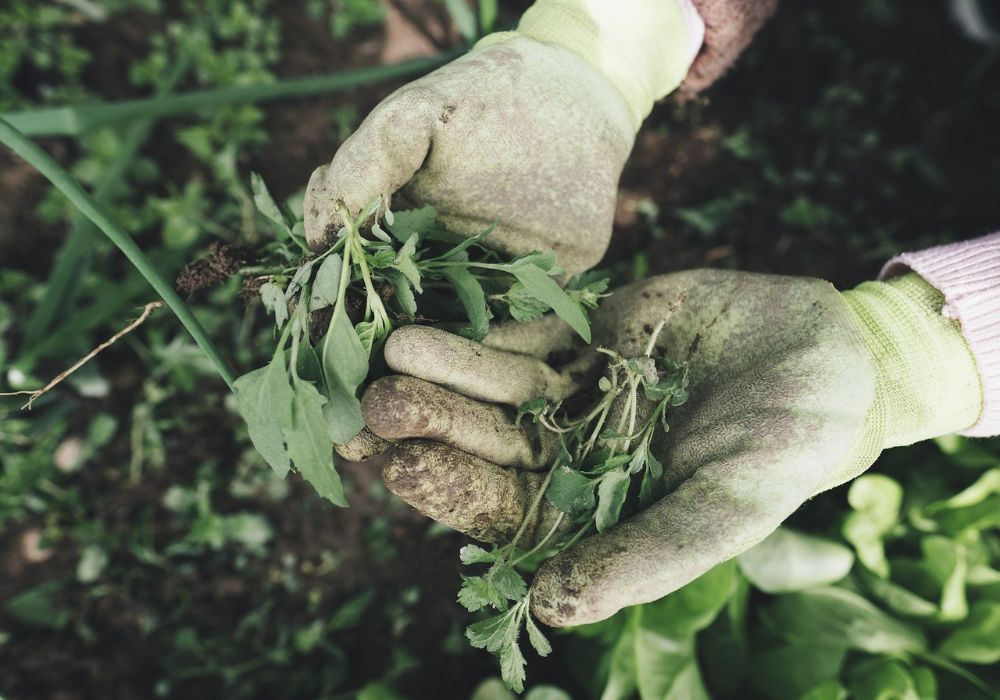
Despite that weed pressure is minimal in hugelkultur beds, it is not non-existent. Therefore, mulching raised beds is and perhaps more essential as in mulching ground garden beds. This is because of the weed seeds from the native soil and those floating in the wind. These seeds find their ways easy to sprouting because of the fertility of hugelkultur beds. Besides, you need to set some mulch to retain moisture and regulate soil temperature, especially during the hot summers. In winter, mulch absorbs excess rainfall, thus keeping your hugelkultur beds healthier.
Solution:
For the best harvests and healthy hugelkultur bed, make sure to mulch your hugelkultur beds. These natural cedar shavings can be an effective and inexpensive mulching material for your gardening project.
9. Failing to line your hugelkultur bed

Worried about how to keep your soil against extreme temperatures, installing a liner for your hugelkultur bed is all you need. Liners become handy when you want to keep pests out and minimize the growth of weeds in your raised beds. They also play an essential role in retaining the soil and its nitrogen content while allowing water to flow. If you build your hugelkultur bed from treated wood, liners will prevent leaching of chemicals into the ground. Different lining materials have their own pros and cons.
Solution:
The ultimate solution to this is lining your hugelkultur bed. The recommended materials for lining are these landscape fabric or cloth fabric.
10. Allowing grass and weeds grow tall in the pathways
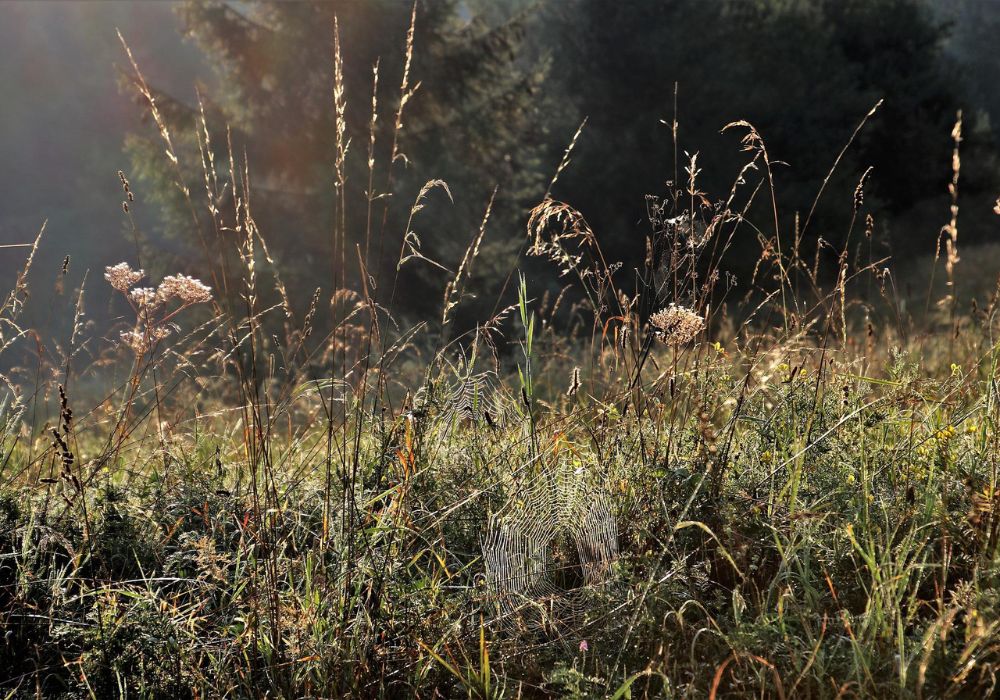
This is one of the most annoying and frustrating things that you will discover when walking to your hugelkultur gardens. Long grass can be nesting dangerous animals like snakes, which may harm you. Additionally, long grass will cause itchy legs. If you have your raised beds over an extensive land, it may be a great challenge to trim all your pathways.
Solution:
Regularly use a lawn mower or weed eater to trim the pathways. You can also place barriers like broken cardboard boxes and brown Kraft paper before the grass and weeds sprout and cover the barriers with a light layer of mulch. Use this lawn mower which will do the job just right.
Conclusion
By avoiding these mistakes above, you will be walking in the path to an excellent experience in hugelkultur farming. Each mistake has at least one solution that will perfect your hugelkultur gardening.




